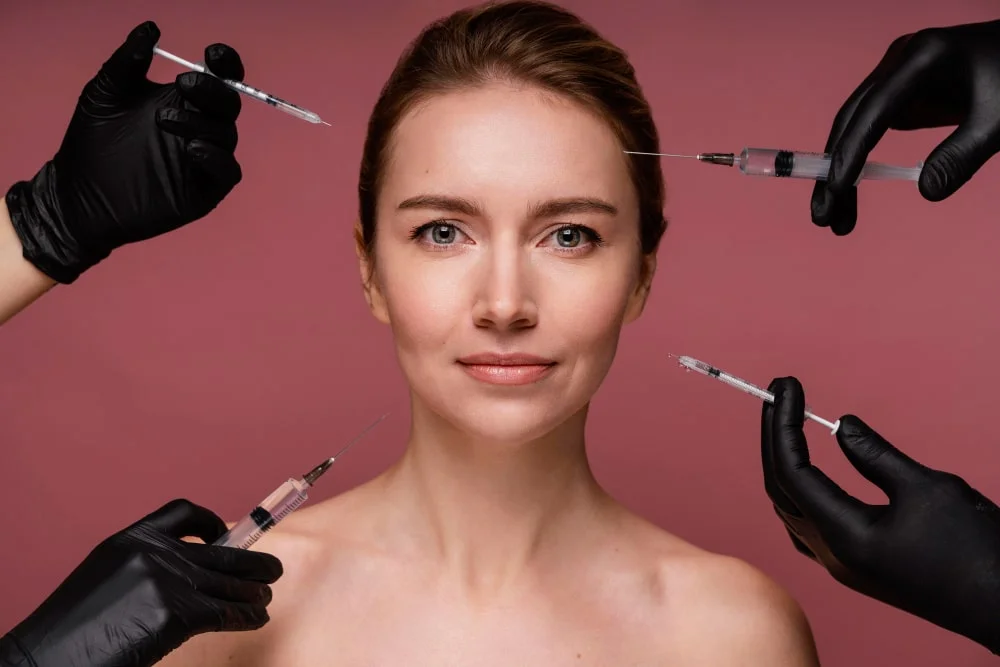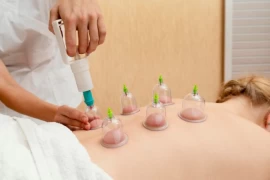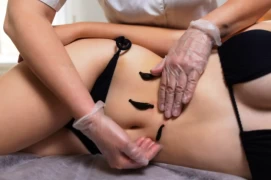
Hirudotherapy: A Living Approach in Traditional and Complementary Medicine
- Hirudotherapy: A Living Approach in Traditional and Complementary Medicine
- What is Hirudotherapy?
- History of Hirudotherapy
- Applications of Hirudotherapy
In today's health field, there are numerous methods and treatment options. Among these options, another area that is increasingly gaining attention alongside complementary medicine methods is traditional medical approaches. In this context, hirudotherapy is a treatment method that supports natural healing processes and aids in the treatment of various diseases.
What is Hirudotherapy?
Hirudotherapy is a medical practice involving the use of leeches for therapeutic purposes. This therapy is based on the placement of leeches on human skin and the subsequent biting process, during which they release biologically active substances that create various effects in the body. With a history spanning thousands of years, hirudotherapy is a traditional medical method that is now integrated into complementary medicine practices. The enzymes, anticoagulants, anti-inflammatories, and analgesics released by leech bites can have various positive effects depending on the condition being treated. These effects include increased blood circulation, reduction of inflammation processes, alleviation of pain, and treatment of certain skin issues.
History of Hirudotherapy
The history of hirudotherapy extends back to ancient times, reaching as far as the classical era. The use of leeches for therapeutic purposes has been observed in different cultures and civilizations throughout history. In the 4th century BCE, the Greek physician Hippocrates recommended the use of leeches in the treatment of various ailments due to their regulatory effects on blood circulation. There are also sources indicating the use of leeches for blood purification and balancing bodily imbalances in ancient Egypt. During the Middle Ages, hirudotherapy became particularly popular in Europe. In the 17th century, English physician William Harvey discovered that leeches accelerated blood circulation and prevented clotting. During this period, leeches were widely used in the treatment of blood disorders, headaches, skin problems, and various other ailments. However, in the mid-20th century, hirudotherapy lost its popularity with the development of modern medical methods. The medical use of leeches became limited, particularly due to the risk of spreading diseases through blood and the emergence of other treatment options.
Today, hirudotherapy has regained interest in the field of complementary medicine. Scientific research indicates that the biologically active substances released by leeches indeed have anti-inflammatory, anticoagulant, and analgesic effects. Therefore, hirudotherapy is being considered as an alternative method for the treatment of certain conditions such as circulatory system problems, migraines, and joint disorders. However, research and applications in this field are still ongoing.

Applications of Hirudotherapy
Hirudotherapy, a medical practice involving the therapeutic use of leeches, is used in the treatment of various health issues. Some common applications of hirudotherapy include:
- Circulatory System Issues:
- Varicose Veins: Leech secretions help prevent blood clotting, aiding in the treatment of varicose veins.
- Thrombophlebitis: Leech therapy regulates blood circulation, easing symptoms of thrombophlebitis.
- Circulatory Disorders: Leech bites enhance blood circulation, improving tissue nourishment.
- Joint Disorders:
- Arthritis and Rheumatism: Leech therapy helps alleviate joint inflammation and reduce pain.
- Joint Stiffness: Leeches' anti-inflammatory effects provide relief in cases of joint stiffness.
- Headaches and Migraines:
- Migraine Treatment: Leech bites assist in reducing headaches.
- Tension-Type Headaches: Hirudotherapy alleviates stress-related headaches.
- Skin Issues:
- Psoriasis: Leech secretions help control symptoms of psoriasis.
- Dermatitis and Other Skin Inflammations: Leech therapy reduces skin inflammations and supports healing.
- Skin Ulcers: Leeches contribute to the healing of skin ulcers.
- Plastic and Reconstructive Surgery:
- Postoperative Recovery: In some cases, leeches help reduce swelling and regulate blood circulation after plastic surgery.
- Immune System Support:
- Leech secretions influence the immune system, supporting overall health.
- Ear, Nose, and Throat (ENT) Diseases:
- Tinnitus: Leech therapy may alleviate tinnitus in certain cases.
However, the presence of these medical properties does not imply that hirudotherapy is effective in all cases or suitable for everyone. A comprehensive evaluation should be conducted for each patient before treatment, and guidance should be provided by a qualified Traditional and Complementary Medicine Physician. In conclusion, hirudotherapy is a treatment method that is regaining attention in traditional and complementary medicine fields. It can be applied either alone or in combination with other treatments from modern and traditional medicine, but it is crucial for a qualified Traditional and Complementary Medicine Physician to conduct an assessment and provide guidance for the effective and safe use of this method.

Dr. Hülya Ettekin
Traditional and Complementary Medicine Physician





